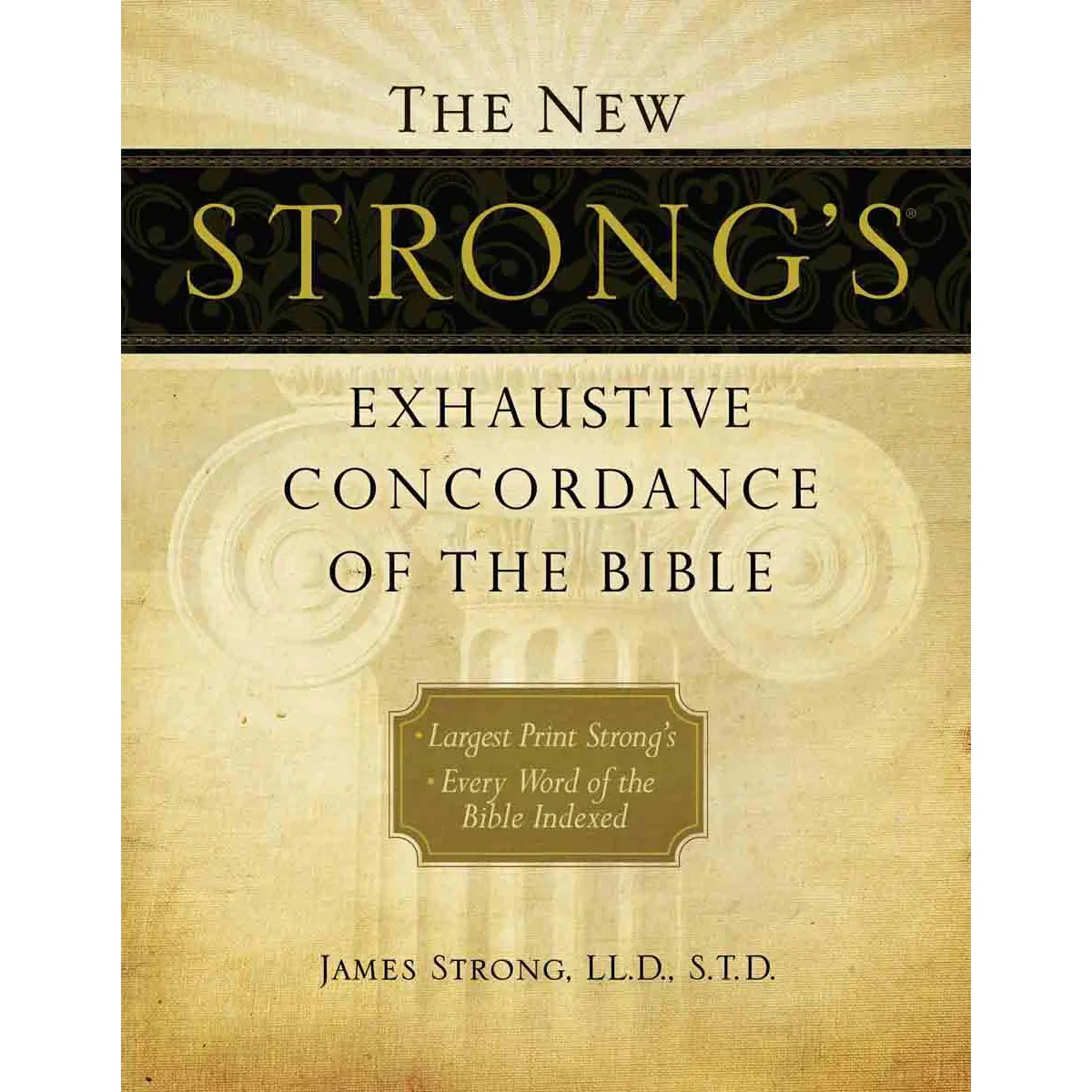Hebrew Bible
New Testament
Hebrew Bible
New Testament
Pronunciation Guide: den’-dron (d as in “day,” en as in “end,” dron as in “drone”)

δένδρον

g1186
Strong’s G1186: δένδρον (dendron) refers to a tree, particularly a living, mature tree with a developed trunk, branches, and foliage. The term typically designates cultivated or wild trees of substantial size, distinguishing them from shrubs or small plants. In biblical usage, it often serves as a metaphor for spiritual condition, divine judgment, or the visible manifestation of inner character.
δένδρον Morphology:
The term δένδρον has ancient roots in classical Greek, where it was used to distinguish larger woody plants from smaller bushes and shrubs. In works such as Homer’s “Odyssey,” δένδρον appears in descriptions of natural landscapes and cultivated orchards. Aristotle employs the term in his botanical classifications, distinguishing trees from other types of plants based on their woody structure and height.
In the Septuagint (LXX), δένδρον frequently translates the Hebrew עֵץ (ets), appearing throughout the creation narrative in Genesis and in prophetic literature where trees often symbolize nations or spiritual conditions. The term gained particular theological significance in wisdom literature, where the righteous person is compared to a flourishing tree (Psalm 1:3). This metaphorical usage laid important groundwork for the New Testament applications of tree imagery to represent spiritual productivity and divine judgment.
δένδρον Translation Options:
In the New Testament, δένδρον appears prominently in the teachings of John the Baptist and Yeshua (Jesus) the Messiah, often as a metaphor for spiritual evaluation. Its first appearance in Matthew 3:10 establishes a critical theological framework where John declares, “The axe is already at the root of the trees (δένδρων), and every tree (δένδρον) that does not produce good fruit will be cut down and thrown into the fire.” This agricultural metaphor powerfully communicates the imminence of judgment and the principle that genuine spiritual life produces visible evidence.
Yeshua expands this imagery in His teachings, using trees as illustrations of spiritual principles. In the Sermon on the Mount, He employs the fruit-bearing capacity of trees to teach about discerning false prophets (Matthew 7:15-20). The tree becomes a powerful metaphorical device throughout the Gospels to illustrate the connection between inner character and outward manifestation.
Key passages featuring δένδρον include:
In the ancient Near Eastern world, trees held profound symbolic significance, representing life, prosperity, and divine blessing. The cedar of Lebanon, in particular, symbolized majesty and strength, while the olive tree represented peace and covenant faithfulness. When John the Baptist and Yeshua employed tree imagery in their teachings, they were drawing upon deeply rooted cultural associations that their audiences would have immediately recognized.
The imagery of fruit-bearing trees was especially resonant in an agrarian society where the success of harvests directly impacted survival. The Jewish people were well-acquainted with the agricultural cycle and understood the vital importance of trees that produced good fruit. The practice of cutting down unproductive trees to use the wood for fire was common agricultural wisdom, making this metaphor particularly powerful when applied to spiritual judgment. Additionally, in the Mediterranean climate of the Holy Land, where wood was a valuable commodity, the decision to remove a tree was significant and deliberate—highlighting the seriousness of divine judgment in the biblical metaphor.
The mustard tree (or large shrub) mentioned in Yeshua’s parable (Luke 13:18-19) provides another cultural insight. While not the tallest of trees, the black mustard plant could grow to substantial heights (up to 15 feet) in a single season from a tiny seed—a dramatic visual of exponential growth that would have been familiar to Yeshua’s audience. This rapid transformation from minuscule seed to substantial δένδρον perfectly illustrated the seemingly humble beginnings yet powerful expansion of God’s Kingdom.
The metaphor of trees (δένδρον) in Scripture reveals profound theological truths about יהוה (Yahweh)’s character and His relationship with humanity. The consistent principle that trees are known by their fruit reinforces the divine value of authenticity and integrity—outward actions should reflect inner character. This imagery powerfully communicates that God is not deceived by appearances or words alone but looks for genuine spiritual productivity.
The striking imagery of the axe at the root of the tree (Matthew 3:10) reveals both God’s justice and His patience. The positioning of the axe indicates imminent judgment, yet the tree still stands—illustrating the tension between divine judgment and merciful opportunity for repentance. This metaphor reveals a God who is righteous in His standards yet compassionate in giving time for transformation before final judgment is executed.
In the Messiah’s parable of the mustard seed growing into a tree (Luke 13:19), we see a beautiful illustration of יהוה’s kingdom principles—what begins in seeming insignificance grows to provide shelter and blessing for many. This reveals God’s wisdom in working through humble means to accomplish His magnificent purposes, contrasting with human expectations of grandiose beginnings for divine movements. The birds finding refuge in the branches reflect the inclusive nature of God’s kingdom, offering shelter to all who come to Him.
The δένδρον metaphor also illuminates the organic nature of spiritual growth. Just as trees develop gradually through consistent nourishment rather than instantaneous transformation, spiritual maturity in the believer involves a process of steady growth through remaining connected to the divine source of life. This reveals God’s patience in the process of sanctification and His commitment to bringing His people to spiritual fruitfulness.
The biblical imagery of δένδρον invites us to consider what kind of “tree” we are becoming in our spiritual lives. Just as a tree cannot hide its true nature when fruit-bearing season arrives, our true spiritual condition eventually manifests in our words, actions, and attitudes. This calls us to honest self-examination: What kind of “fruit” is visible in our lives? Are we producing the spiritual fruit that evidences the work of the Spirit within us—love, joy, peace, patience, kindness, goodness, faithfulness, gentleness, and self-control?
The axe laid at the root reminds us of the urgency of spiritual transformation. Each day offers an opportunity to nurture our spiritual roots through prayer, Scripture meditation, and obedience to God’s voice. Rather than causing fear, this image should inspire gratitude for יהוה’s patience and a renewed commitment to bearing fruit worthy of repentance. As we deepen our relationship with the Messiah, allowing His life-giving presence to flow through us like sap through a tree, we discover the joy of becoming exactly what we were created to be—flourishing trees that display His glory and provide blessing to others.
The δένδρον of Scripture stands as both promise and warning—a living parable of the undeniable connection between inner spiritual reality and outward manifestation, reminding us that authentic faith inevitably produces visible fruit to the glory of the God who planted us for His divine purpose.
Note: While this entry strives for accuracy, readers engaged in critical research should verify citations and keyword occurrences in their Bible translation of choice. For Biblical citations, the F.O.G Bible project recommends Logos Bible software.
Strong's g1186
God's Word is too vast for a single perspective. We all have a story, and as believers we all carry the Holy Spirit who is the Revealer. With this in mind - I would love to read your comments.